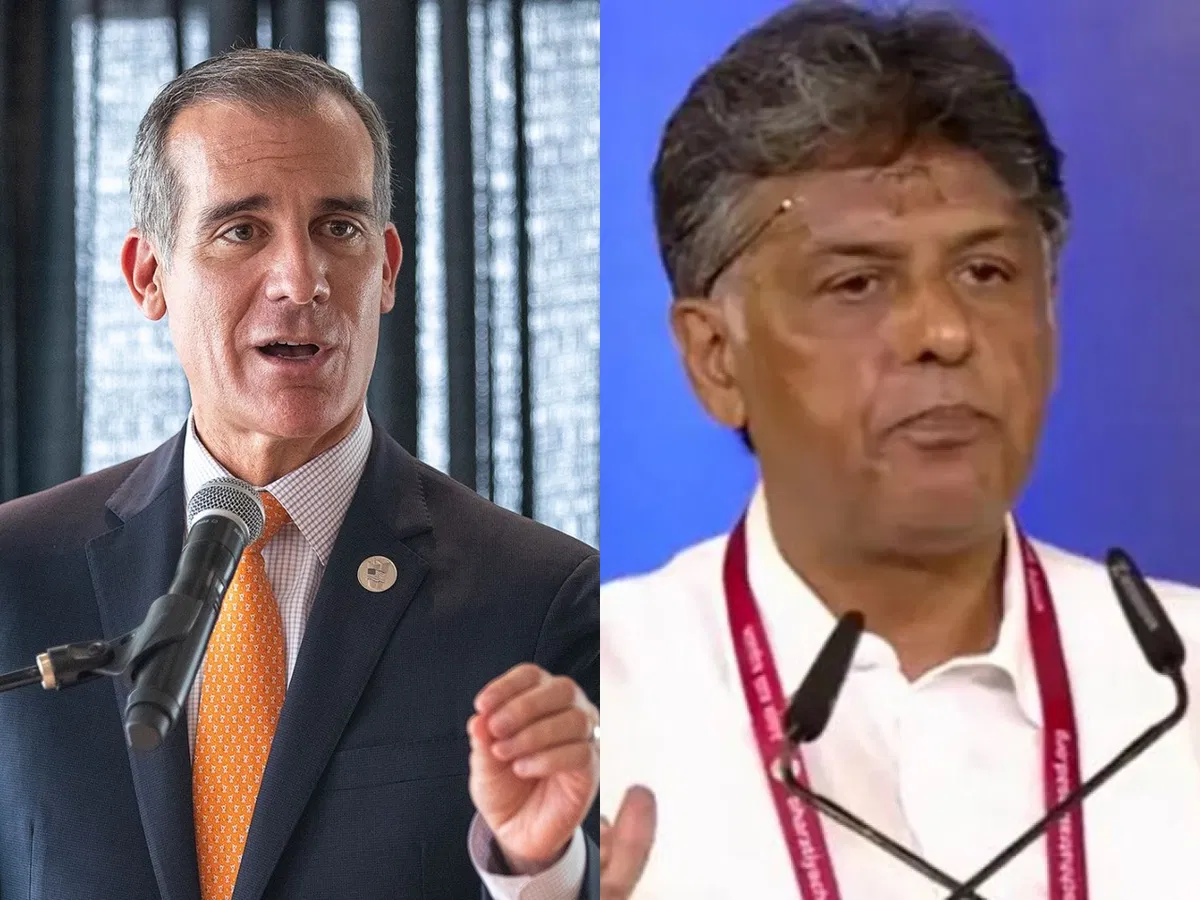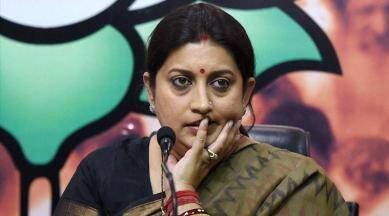A comprehensive examination of domestic urban power tariffs across states and Union territories (UTs) reveals a significant disparity in rates. The Congress party’s success in Karnataka, largely attributed to the provision of 200 units of free Electricity has prompted other political parties to make similar promises.
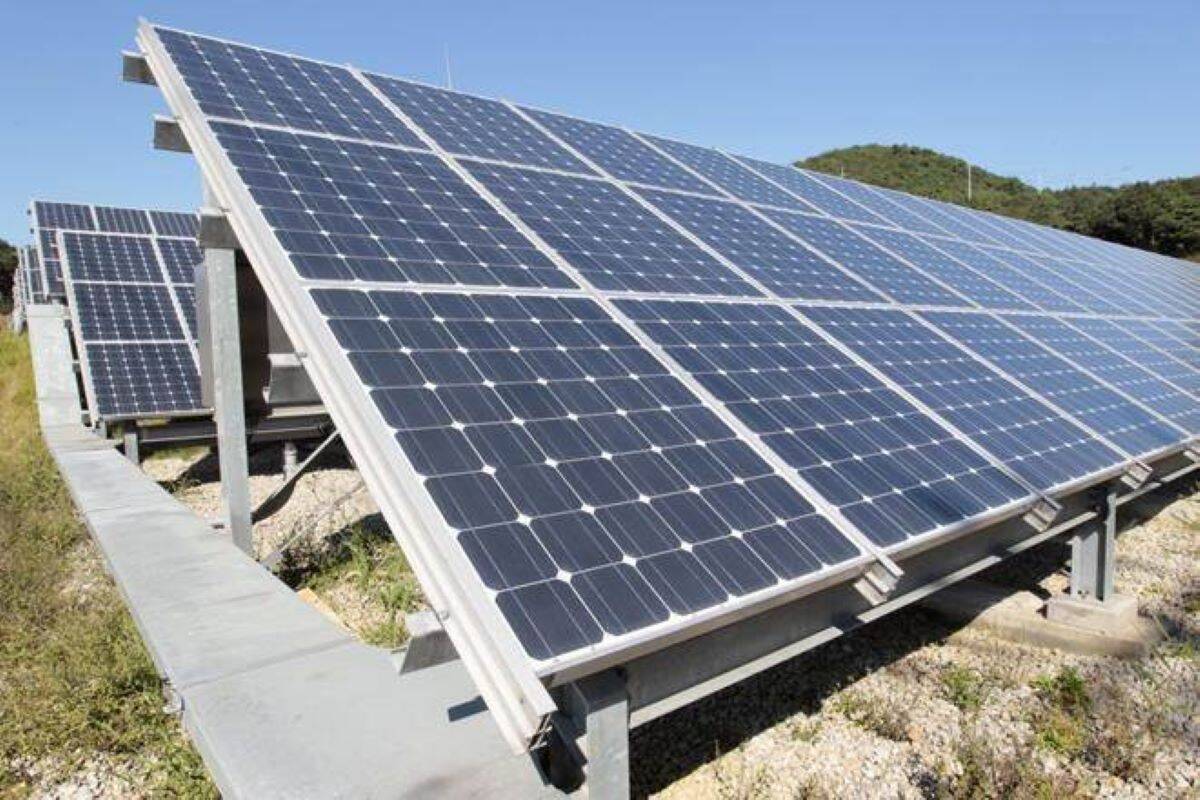
The Political Economy Puzzle of Free Electricity: Empowering or Burdening the Nation?
In Rajasthan, months ahead of the state elections, the Congress government has announced 100 units of free power. This trend, observed in successful poll campaigns by parties like the Aam Aadmi Party in Delhi and Punjab, has gained momentum despite the ongoing challenges of power sector losses straining state finances in India. Understanding the larger political economy at play is crucial. Here, we delve into five charts that shed light on this complex issue.
Analyzing data from the Union power minister’s UDAY portal, it is evident that power distribution in Karnataka stands out as the most profitable in the country. However, the analysis of domestic urban power tariffs for various states and UTs indicates substantial variation. Karnataka ranks sixth in terms of tariff rates, while Rajasthan holds the third highest position for 200 units of electricity in 2023.
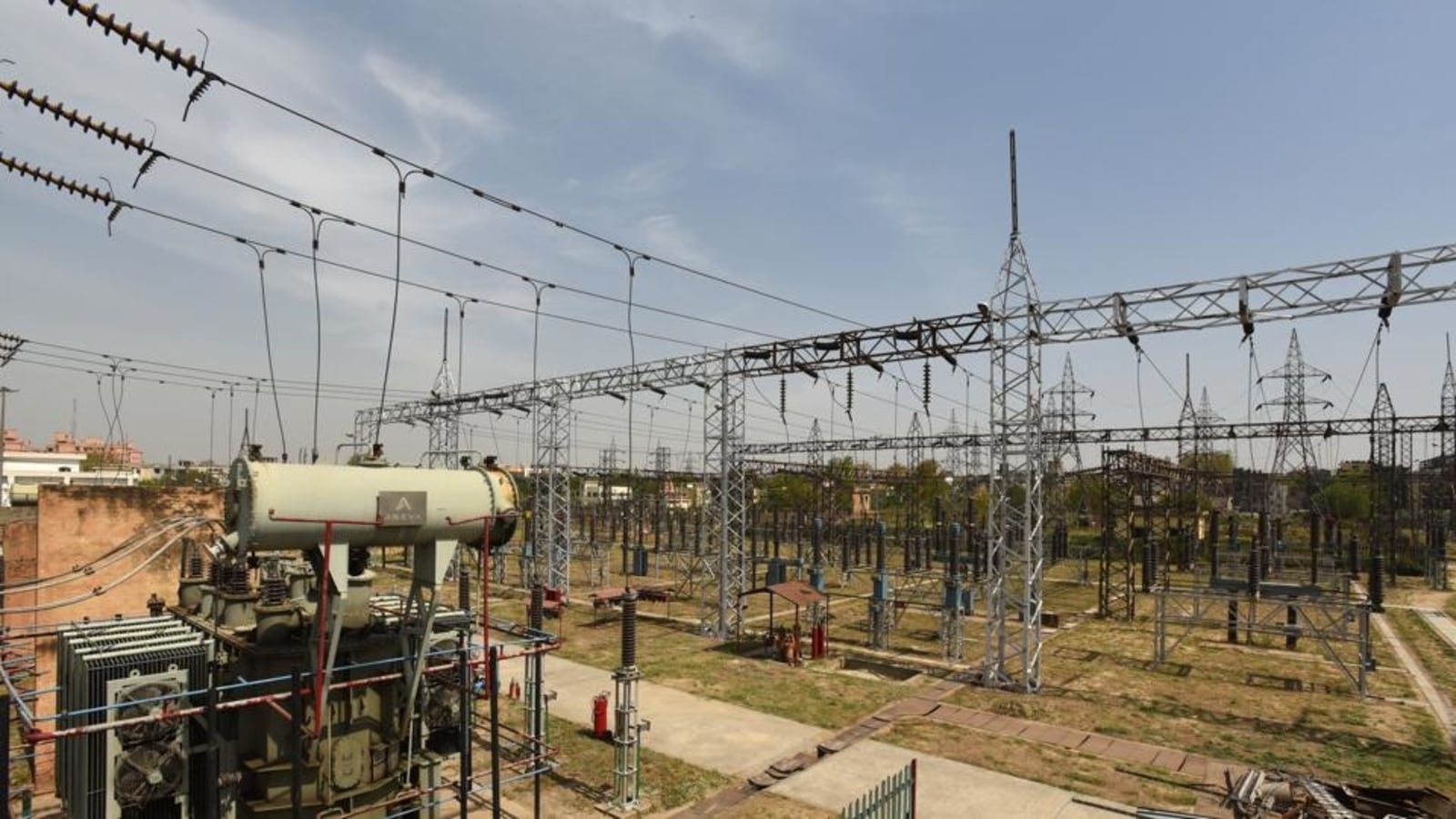
Assessing the burden of electricity bills on voters in relation to the monthly per capita GSDP (Gross State Domestic Product) in nominal prices provides further insights. Karnataka ranks 10th highest, while Rajasthan occupies the fifth highest position among the 21 states for which both monthly state tariff data and per capita state domestic product data for 2021-22 are available.
To comprehend the significant variation in power tariffs across states, three key factors come into play, as outlined by Ashwini Swain, a fellow at the Centre for Policy Research. These factors include coal availability in the state (with central and eastern regions enjoying advantages), the cost of fuel transportation, and the life cycle of existing power plants.
Profitability of Electricity distribution
Pricing power accurately is vital for the profitability of power distribution within states. Analysis from the Union power minister’s UDAY portal reveals that Karnataka excels in this aspect, with the highest average revenue realization and average cost of supply (ARR-ACS) gap among all states and UTs in 2022-23.
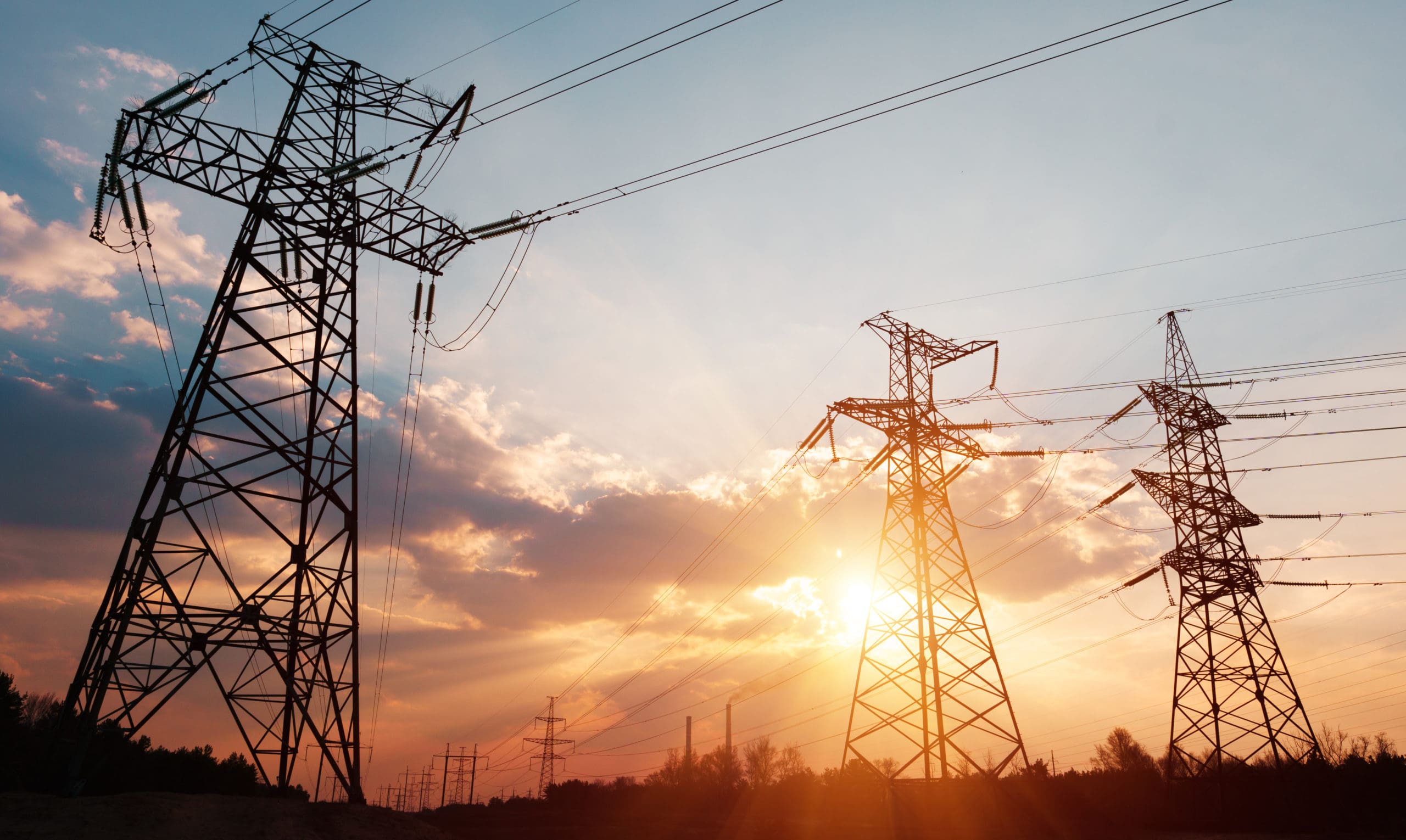
However, unless the new state government compensates power distribution companies for the cheaper electricity promised to consumers, Karnataka’s power sector’s fiscal health will deteriorate, ultimately straining state finances. This rationale applies to all states offering free power; there are no free lunches in this domain.
A simple comparison of power tariffs and the ARR-ACS gap across states highlights the lack of a significant correlation between power tariffs and the fiscal health of the power sector. While Karnataka and Maharashtra boast profitable power distribution and higher tariffs, states such as Bihar, Rajasthan, and Assam experience loss-making power sectors despite charging high tariffs. Rajasthan ranks 20th in terms of profitability among the 25 states with available data.
The profitability or lack thereof of a power distribution company (discom) hinges on multiple factors. Let’s explore them one by one. Billing efficiency reflects the share of billed energy compared to the total energy supplied to an area. Areas plagued by power theft tend to exhibit lower billing efficiency due to unmetered consumption.
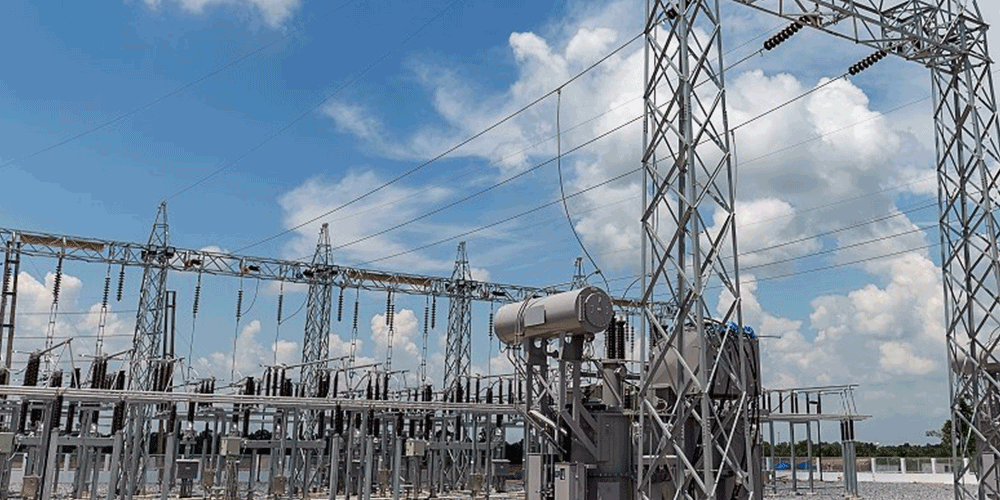
Collection efficiency indicates the proportion of the billed amount successfully collected from consumers. Lower collection efficiency indicates consumers’ failure to pay their power bills. Although collection efficiency has improved over the years, billing efficiency continues to lag, contributing significantly to discom losses. Factors beyond billing and collection efficiency also impact discom losses, highlighting the importance of the aggregate technical and commercial loss (AT&C Loss) metric.
AT&C Loss encompasses energy loss (technical loss, billing inefficiency, transmission theft, etc.) and commercial loss (collection insufficiency and payment defaults). In the last decade, India has witnessed a considerable reduction in AT
&C Losses, with FY22 recording a rate of 16.5%—5 percentage points lower than FY21 and 3 percentage points lower than FY20. However, this figure still falls short of the desired range of 12-15%.
By analyzing these key aspects, we begin to unravel the intricate puzzle of the political economy surrounding free electricity. The disparity in power tariffs, the fiscal health of the power sector, and the challenges faced by discoms shed light on the complex dynamics at play.
As the nation navigates the delicate balance between empowering the electorate and managing financial burdens, policymakers must carefully consider the long-term sustainability and equitable distribution of resources in the power sector.













